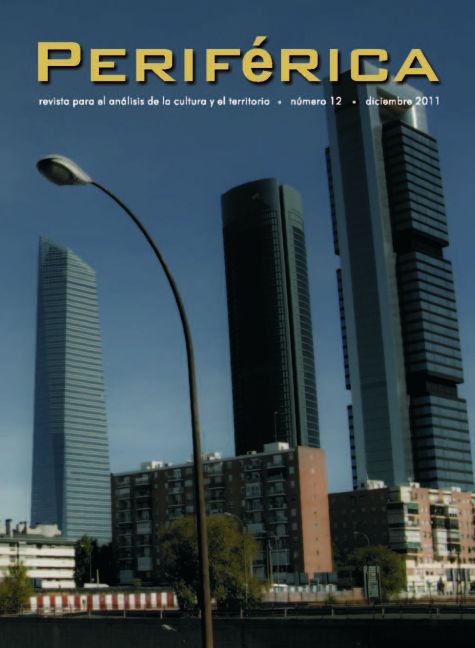Horizontes compartidos. India en las Bienales de La Habana

DOI
https://doi.org/10.25267/Periferica.2011.i12.10Información
Resumen
Durante la década de los ochenta se sientan las bases para la ampliación del panorama artístico internacional mediante la creación de espacios destinados al arte del Sur. Este artículo analiza la presencia de India en las Bienales de La Habana a partir de la confluencia de un interés por definir y generar un espacio de reflexión para el arte del Tercer Mundo presente en los discursos procedentes de ambos países. Para ello, se revisará la historia del encuentro, que pasa por ser el primer foro de debate dedicado al arte de la periferia, al tiempo que se examinará el contexto cultural y artístico indio posterior a la Independencia, rastreando los elementos que llevaron a la definición de una posición subalterna y anti-hegemónica. Finalmente, se pondrá en relación dicha postura con la adoptada por la Bienal de La Habana y el Centro Wifredo Lam a principios de la década de los ochenta. Será necesario, además, seguir la evolución del encuentro habanero en sus sucesivas ediciones, estableciendo los vínculos existentes entre la producción artística india y la visión curatorial del evento. Sólo así se podrá reconstruir un encuentro vital para comprender el establecimiento de nuevas cartografías creativas en el momento actual, susceptibles de generar vínculos Sur-Sur capaces de eludir la dependencia con respecto a los grandes centros del arte occidental.
Palabras clave: arte contemporáneo; Cuba; India; tercer mundo.
Shared horizons. India in the Biennials from Havana
Abstract: During the 1980s, the creation of spaces for Southern art established grounds for the expansion of the international art scene. This article discusses the presence of India in the Havana Biennale on the basis of the confluence of an interest in defining and creating a space of reflection for the Third World art present in the discourses of the two countries. This text will review the history of the event, which is the first forum dedicated to the art of the periphery, while it also examines the cultural and artistic context of post-independence India, tracing the elements that led to the definition of a subordinate, antihegemonic position. Lastly, this position will be linked with that adopted by the Havana Biennale and the Wifredo Lam Centre in the early 1990s. It will be also necessary to follow the evolution of the Havana Biennale in its successive editions, establishing links between Indian art and the event’s curatorial vision. Only then can we reconstruct a vital encounter in order to understand the establishment of new creative maps today that are likely to generate South-South linkages capable of avoiding dependence on the great centres of Western art.
Keywords: contemporary art; Cuba; India; third world.
Artículo recibido: 24/08/2011. Aceptado: 26/09/2011
Palabras clave
Descargas
Cómo citar
Licencia

Este obra está bajo una licencia de Creative Commons Reconocimiento-NoComercial-SinObraDerivada 4.0 España.






